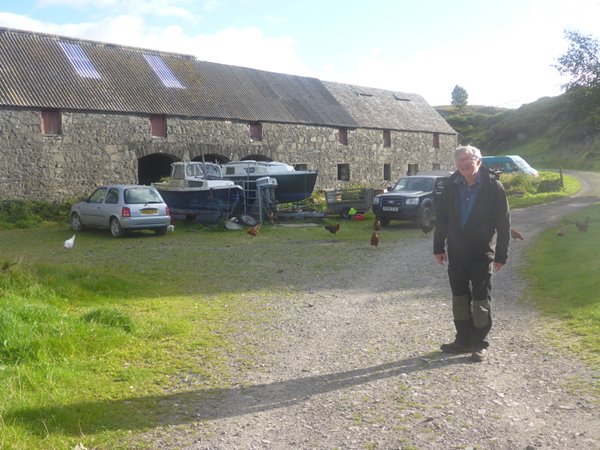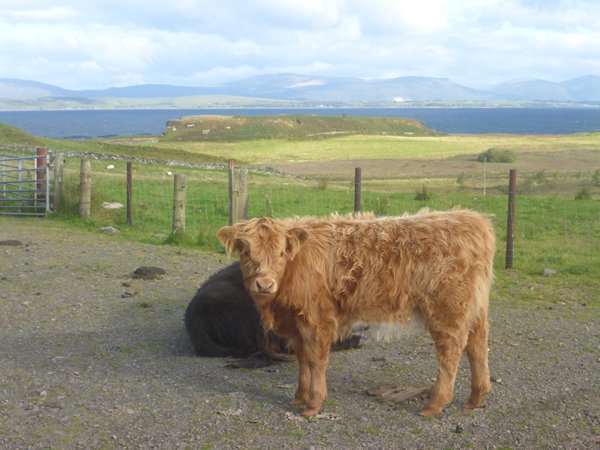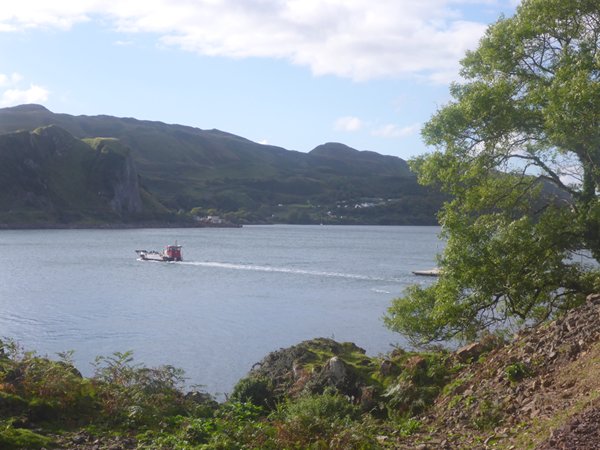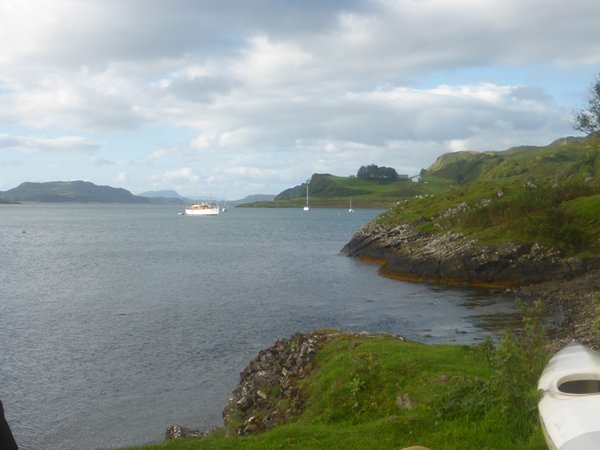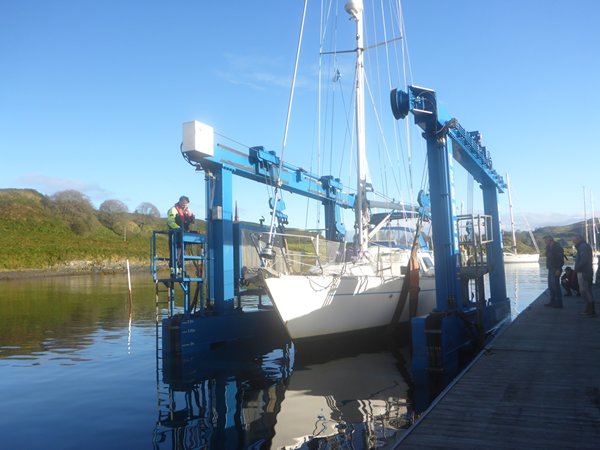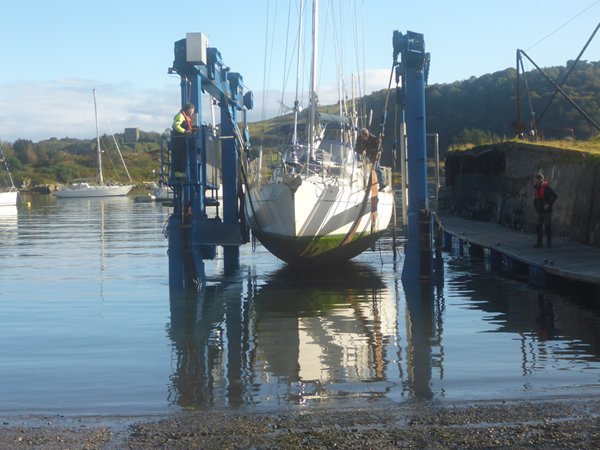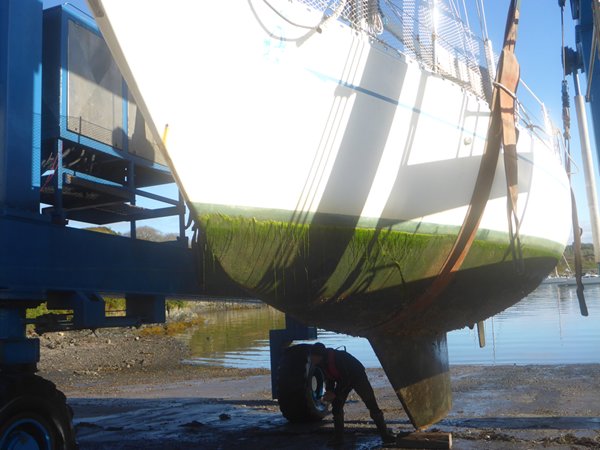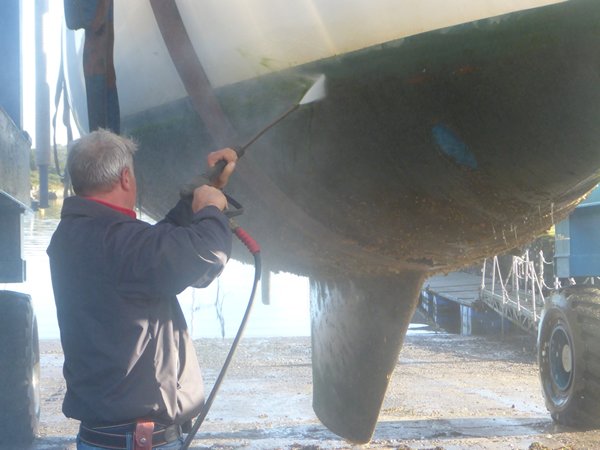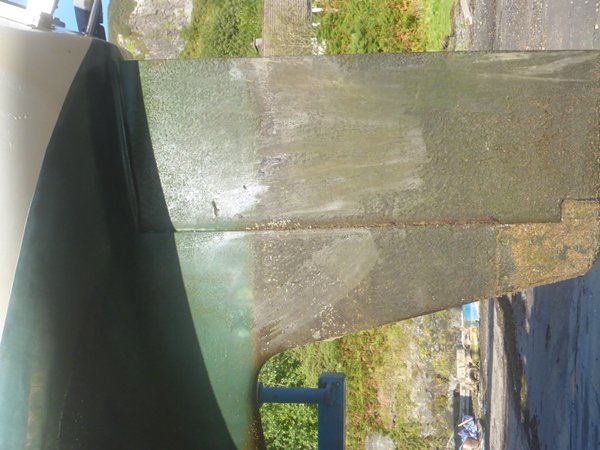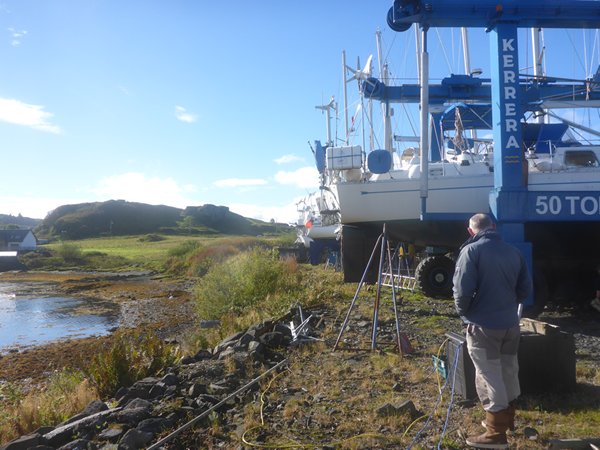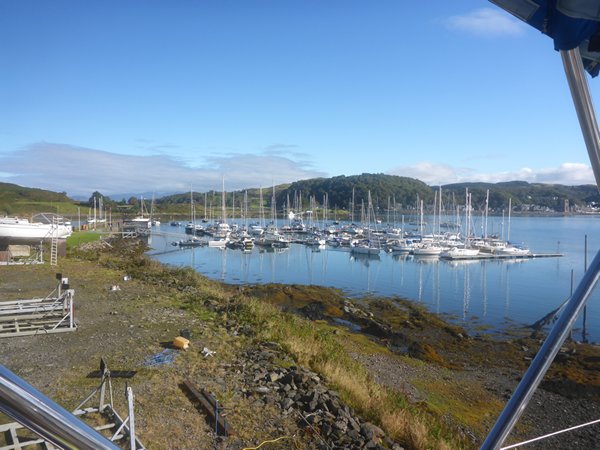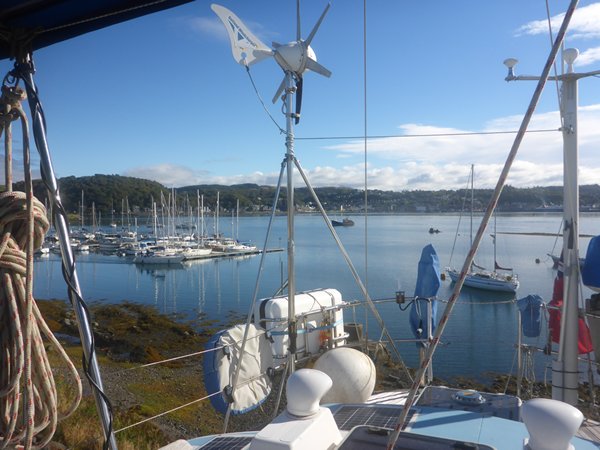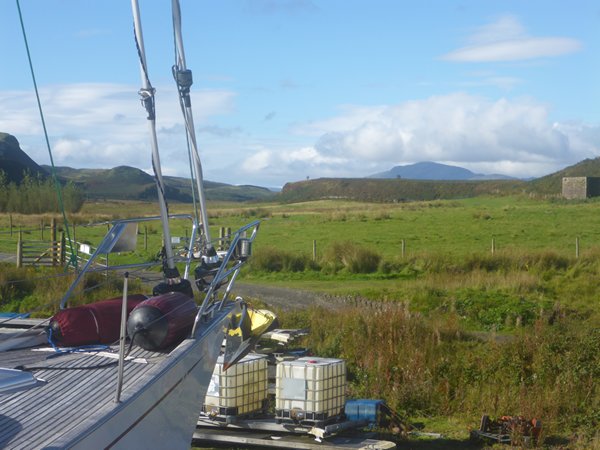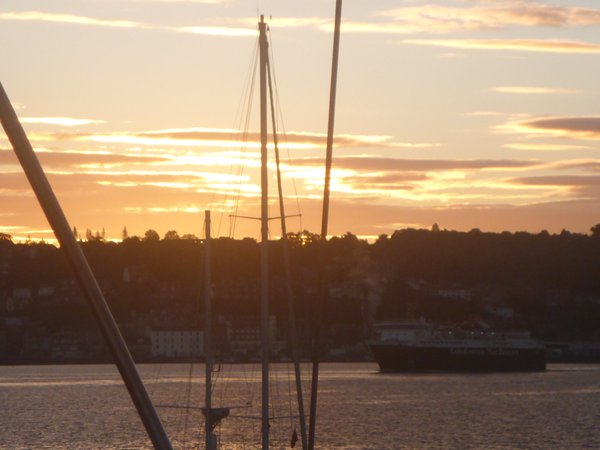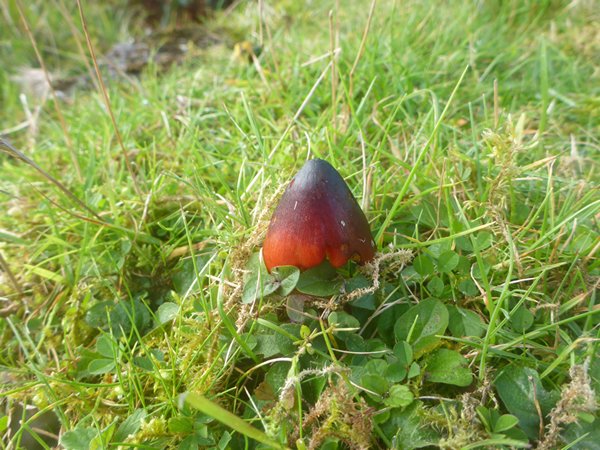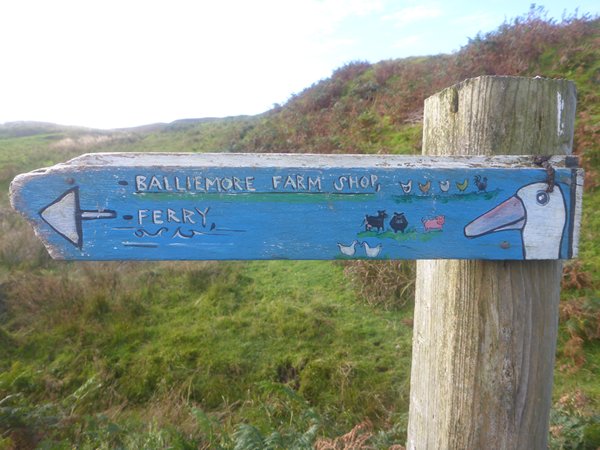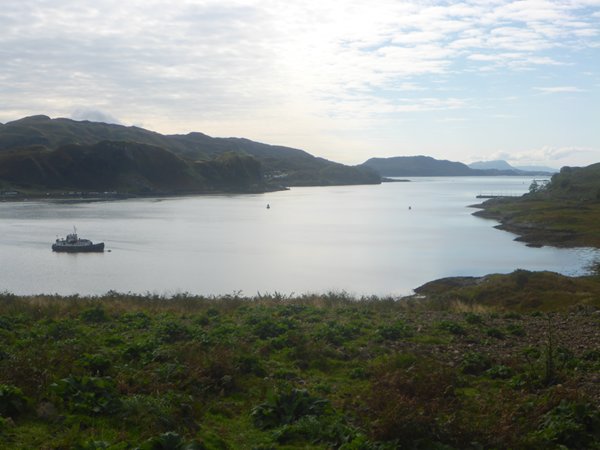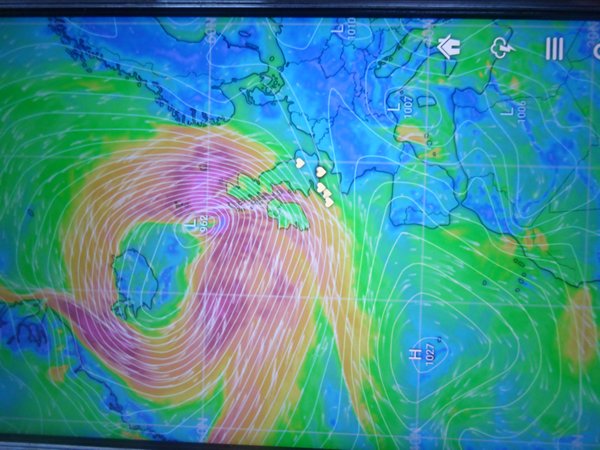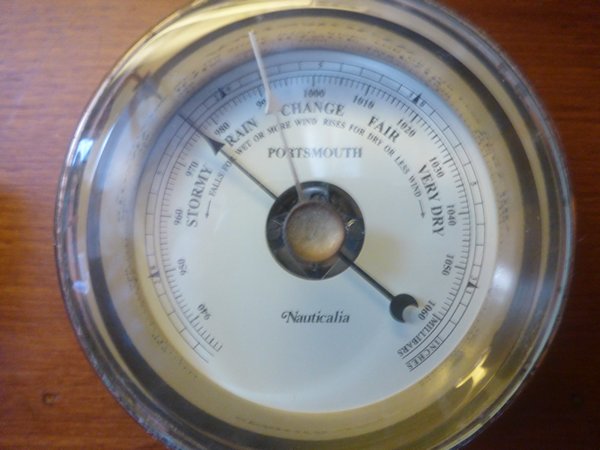The Hunt for the Bismarck

The Hunt for the Bismarck
24 May 1941. The 23-year-old battlecruiser of the Royal Navy, for 20 years the largest warship in the world, The Mighty Hood, was sunk in three minutes by the German battleship Bismarck during the Battle of the Denmark Strait near Iceland. The German fleet had been attempting to break in to the Atlantic route of the merchant supply ships to cut off Britain’s lifeline.
26 May 1941. In the morning, flying boat Catalina W8416 rolled down the wide slipway at the base on Kerrera, where the marina now thrives, with just Flight Lt Hatfield and US Lt Renhart aboard, and took off down Kerrera Sound at 12.33 to hunt for the Bismarck as she made her way southwards down the North Atlantic towards France with the hope of repairing her leaking fuel tanks.
At 23.40 they spotted the ship, reported her location and returned to base 27 hours later after a mammoth feat of human endurance which without doubt led directly to what happened the next day.
27 May 1941. Thirteen British warships were in hot pursuit of the two-year-old pride of the German Navy and as she limped towards Brest they rounded on her like a pack of canine hunters and sank her somewhere around 400 miles west of her destination. Her victory was short lived and her appalling loss of over 2000 Germans was even worse than that of the Hood.
Out of interest both ships have since been located which brings some measure of relief and closure to their families.
The island was of strategic importance to the war effort for the entire duration of the Second World War, but was not without two disasters that had nothing to do with the conflict.
Dark days followed in the second half of the next year.
25 August 1942 Sunderland flying boat W4026, based on Kerrera but on a transit mission, took off from Invergordon on Scotland’s East Coast heading towards Iceland with fourteen men on board including Prince George, Duke of Kent. Strong winds were blowing in from the sea and visibility was poor. It is thought the aircraft drifted off course and, in the attempt to correct her path, a navigational error was made that caused her to crash, with full fuel tanks, into Eagles Mount, near Dunbeath. It was at the time recorded as Britain’s third worse air accident and the worst Short Sunderland disaster.
19 December 1942. Just four months later Sunderland W6029 was attempting to land on the Firth of Lorne, between Kerrera and the island of Mull, during bad weather. She had failed to hear the instruction from base to divert to Invergordon. As she touched down, the swell on the water caused the front of the aircraft to collapse with the result that she overturned and sank. Seven men were killed and the others were taken to hospital in Oban where they recovered.
As D-day approached in June 1944 the area was used for the construction of the two Mulberry Harbours, temporary bridges, that enabled the rapid offloading of cargo and personnel from ships to the beaches of Normandy at Gold Beach, Arromanches and Omaha beach, although the latter was never used after it was damaged beyond repair in a storm.
Today, the very same wide slipway is perfect for moving vessels onto and off the water using the 50-ton hoist and Zoonie’s turn came as September ended like a lion. We were lucky to be secured in the yard on the 28th because just two days later a slow-moving weather system brought winds reaching 38.8 knots in the sheltered yard, so it must have been nearer 50 knots in the Sounds. It was good to be aboard then because with her only occasional slight vibration, we knew she would be alright during the winter storms.
We managed a couple more walks before we left and enjoyed the fine views from Zoonie’s cockpit across to Oban and, in the other direction, Mull which was visible on clear days. In the photos showing the Sounds between Mull, Kerrera and the mainland it is easy to imagine the comings and goings of the chunky flying boats and watch with awe as they landed on water, instead of terra firma, and hear the changing tone of their engines before they disappeared or came to their moorings.
Well, this is my final blog of our travels for this year. We will return to Zoonie next April to resume our adventures, hopefully out to the Outer Hebrides before we transit the Caledonian Canal. Thank you all for your kind comments, it has been a pleasure to write for you and I hope you have a lovely autumn and a happy, family oriented festive season. Stay warm and well, love from me, Barb.
